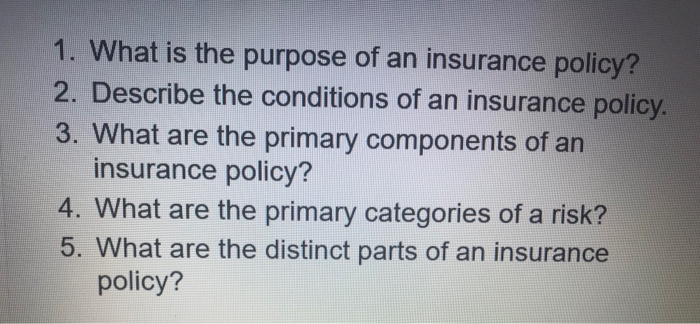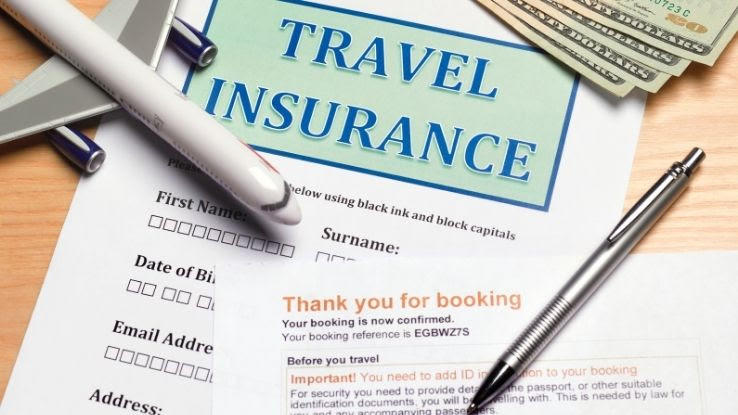Some Known Details About Pacific Prime
Some Known Details About Pacific Prime
Blog Article
The Best Strategy To Use For Pacific Prime
Table of ContentsWhat Does Pacific Prime Mean?Pacific Prime Fundamentals ExplainedThe Only Guide to Pacific PrimePacific Prime Things To Know Before You Get ThisExcitement About Pacific Prime

This is due to the fact that the data were accumulated for a duration of strong financial performance. Of the approximated 42 million people who were uninsured, just about about 420,000 (concerning 1 percent) were under 65 years of age, the age at which most Americans come to be qualified for Medicare; 32 million were adults between ages 18 and 65, about 19 percent of all adults in this age group; and 10 million were youngsters under 18 years of age, regarding 13.9 percent of all youngsters (Mills, 2000).
These estimates of the variety of persons without insurance are generated from the annual March Supplement to the Current Populace Study (CPS), performed by the Demographics Bureau. Unless otherwise noted, national price quotes of individuals without health insurance policy and proportions of the populace with various type of coverage are based upon the CPS, one of the most widely made use of resource of estimates of insurance protection and uninsurance prices.
Some Ideas on Pacific Prime You Need To Know

Still, the CPS is especially valuable since it creates yearly quotes reasonably rapidly, reporting the previous year's insurance coverage approximates each September, and since it is the basis for a constant collection of price quotes for more than 20 years, enabling evaluation of fads in coverage gradually. For these reasons, as well as the substantial use the CPS in various other studies of insurance policy protection that are provided in this record, we depend on CPS quotes, with limitations noted.

The price quote of the variety of without insurance people increases when a populace's insurance policy standing is tracked for numerous years. Over a three-year duration starting early in 1993, 72 million people, 29 percent of the U.S. https://pacificprime.godaddysites.com/f/pacific-prime-your-gateway-to-international-health-insurance. populace, were without protection for at the very least one month. Within a single year (1994 ), 53 million individuals experienced at least a month without insurance coverage (Bennefield, 1998a)
6 out of every ten uninsured Bonuses grownups are themselves utilized. Although functioning does enhance the probability that and one's member of the family will certainly have insurance, it is not a warranty. Even participants of households with two permanent wage earners have virtually a one-in-ten opportunity of being without insurance (9.1 percent without insurance rate) (Hoffman and Pohl, 2000).
Pacific Prime Fundamentals Explained
New immigrants represent a substantial proportion of individuals without medical insurance. One analysis has actually attributed a substantial portion of the current growth in the dimension of the U.S. without insurance population to immigrants who arrived in the nation in between 1994 and 1998 (Camarota and Edwards, 2000). Recent immigrants (those who concerned the USA within the previous 4 years) do have a high rate of being uninsured (46 percent), however they and their children account for simply 6 percent of those without insurance coverage across the country (Holahan et al., 2001).
The partnership between health insurance policy and access to care is well developed, as documented later on in this chapter. The relationship in between wellness insurance policy and health and wellness results is neither direct nor basic, an extensive clinical and wellness solutions research literature links health and wellness insurance coverage to enhanced access to care, far better quality, and boosted personal and populace wellness status.
Levels of analysis for analyzing the impacts of uninsurance. It focuses specifically on those without any kind of health and wellness insurance coverage for any type of size of time.
The Best Strategy To Use For Pacific Prime
The problems faced by the underinsured are in some areas similar to those faced by the uninsured, although they are generally less extreme. international health insurance. Uninsurance and underinsurance, however, involve distinctly various plan concerns, and the approaches for resolving them may differ. Throughout this research and the 5 reports to follow, the main emphasis is on individuals without health and wellness insurance coverage and therefore no assistance in spending for wellness treatment beyond what is readily available through charity and safeguard institutions
Wellness insurance coverage is a powerful variable influencing invoice of treatment since both clients and medical professionals react to the out-of-pocket price of solutions - http://go.bubbl.us/e0d727/3ee9?/New-Mind-Map. Wellness insurance coverage, nevertheless, is neither needed nor sufficient to access to medical solutions. The independent and straight impact of health insurance policy coverage on accessibility to health solutions is well established.
Others will certainly obtain the health treatment they need also without health insurance policy, by paying for it out of pocket or seeking it from suppliers that offer care complimentary or at very subsidized prices. For still others, medical insurance alone does not make sure invoice of care due to various other nonfinancial barriers, such as a lack of healthcare companies in their area, restricted accessibility to transportation, illiteracy, or linguistic and social differences.
More About Pacific Prime
Official research about uninsured populations in the United States dates to the late 1920s and early 1930s when the Committee on the Cost of Medical Care created a series of reports regarding funding physician office sees and hospital stays. This concern came to be significant as the varieties of clinically indigent climbed up throughout the Great Depression.
Report this page